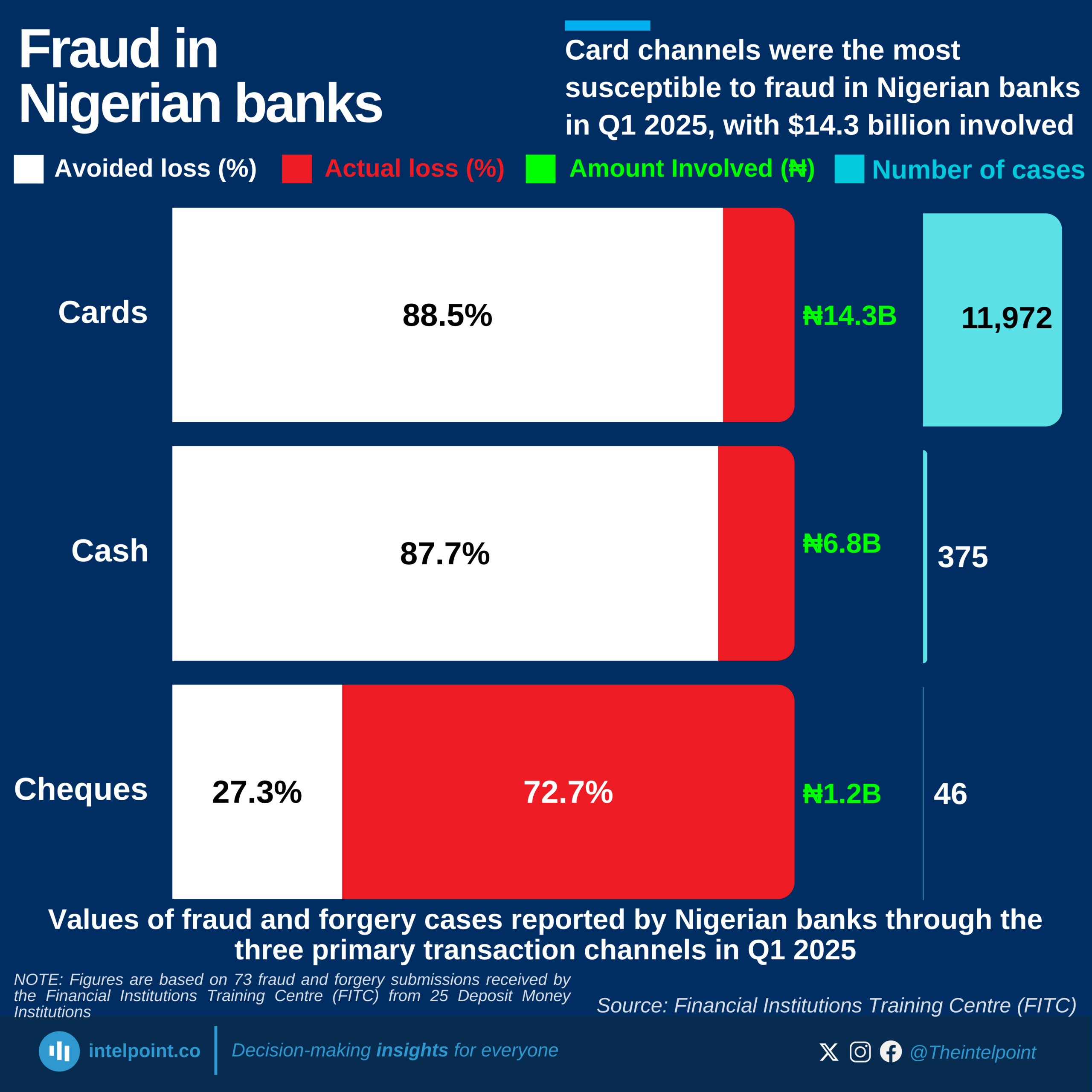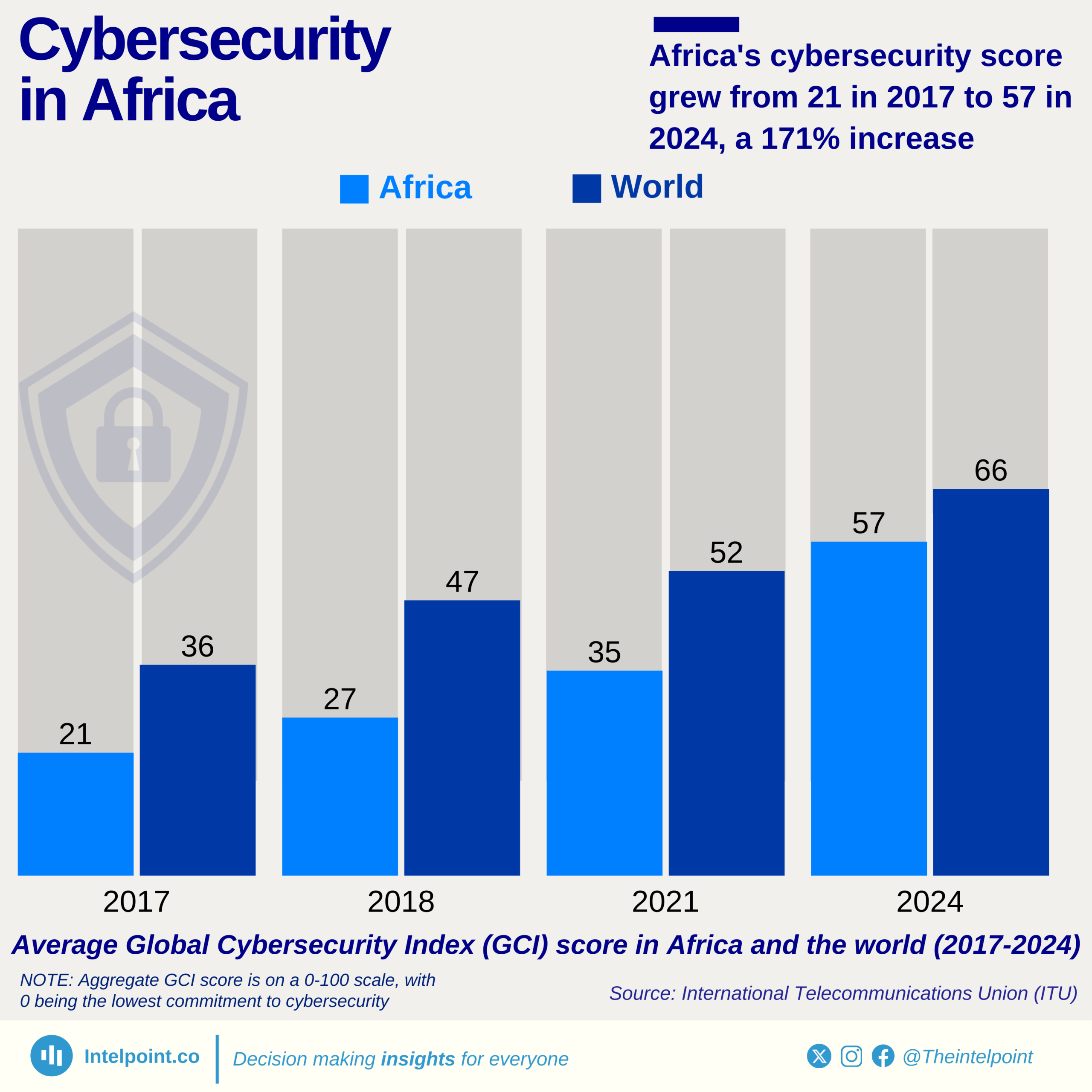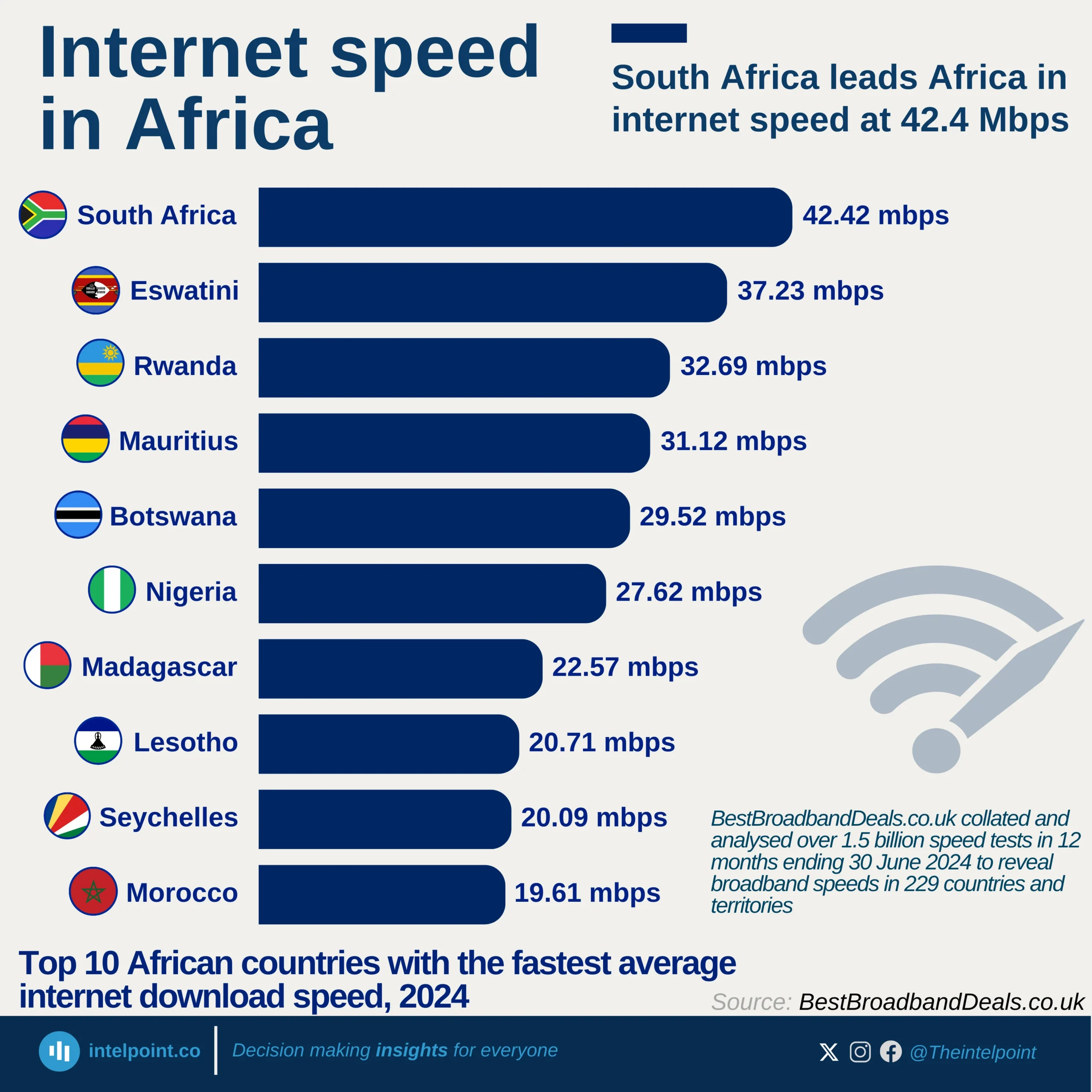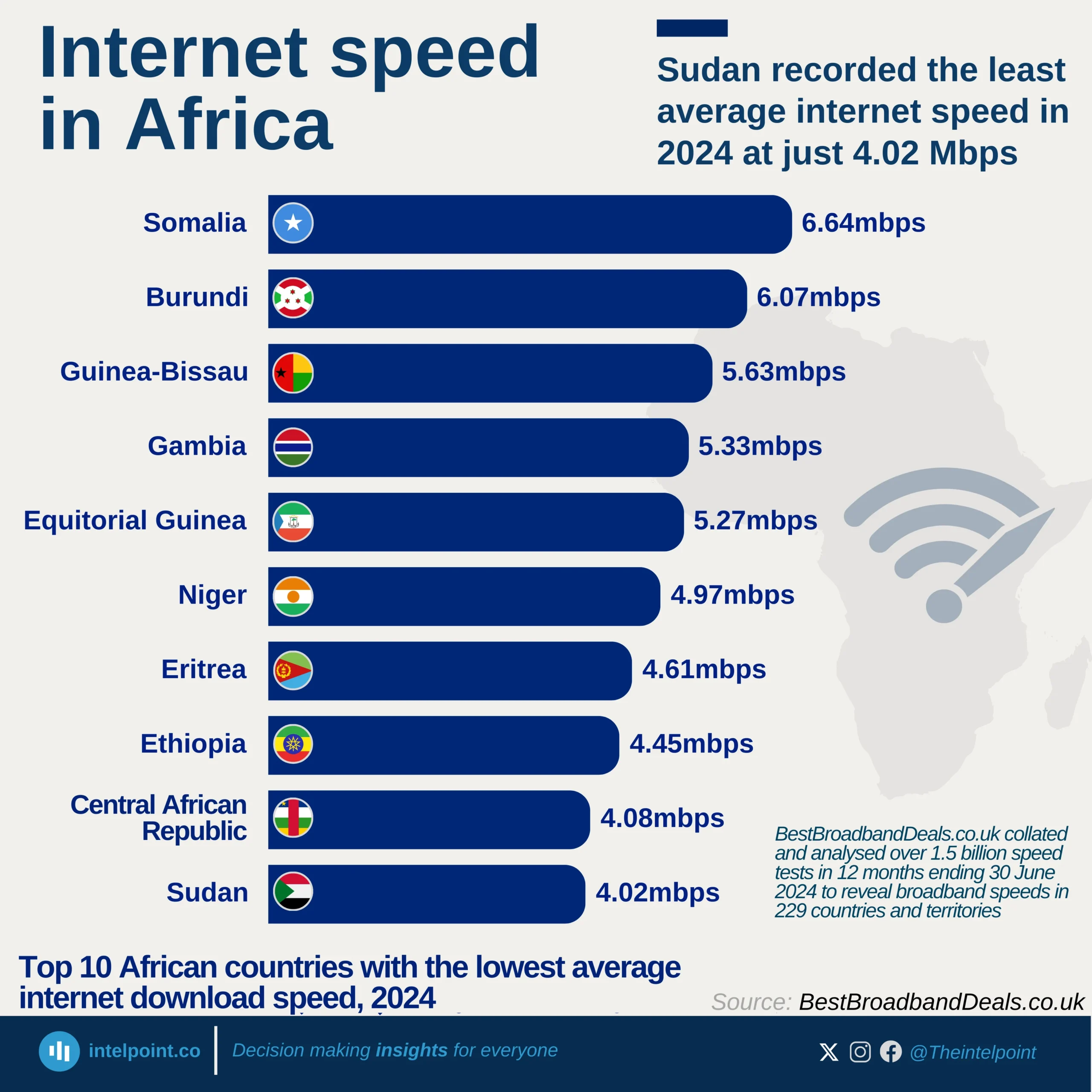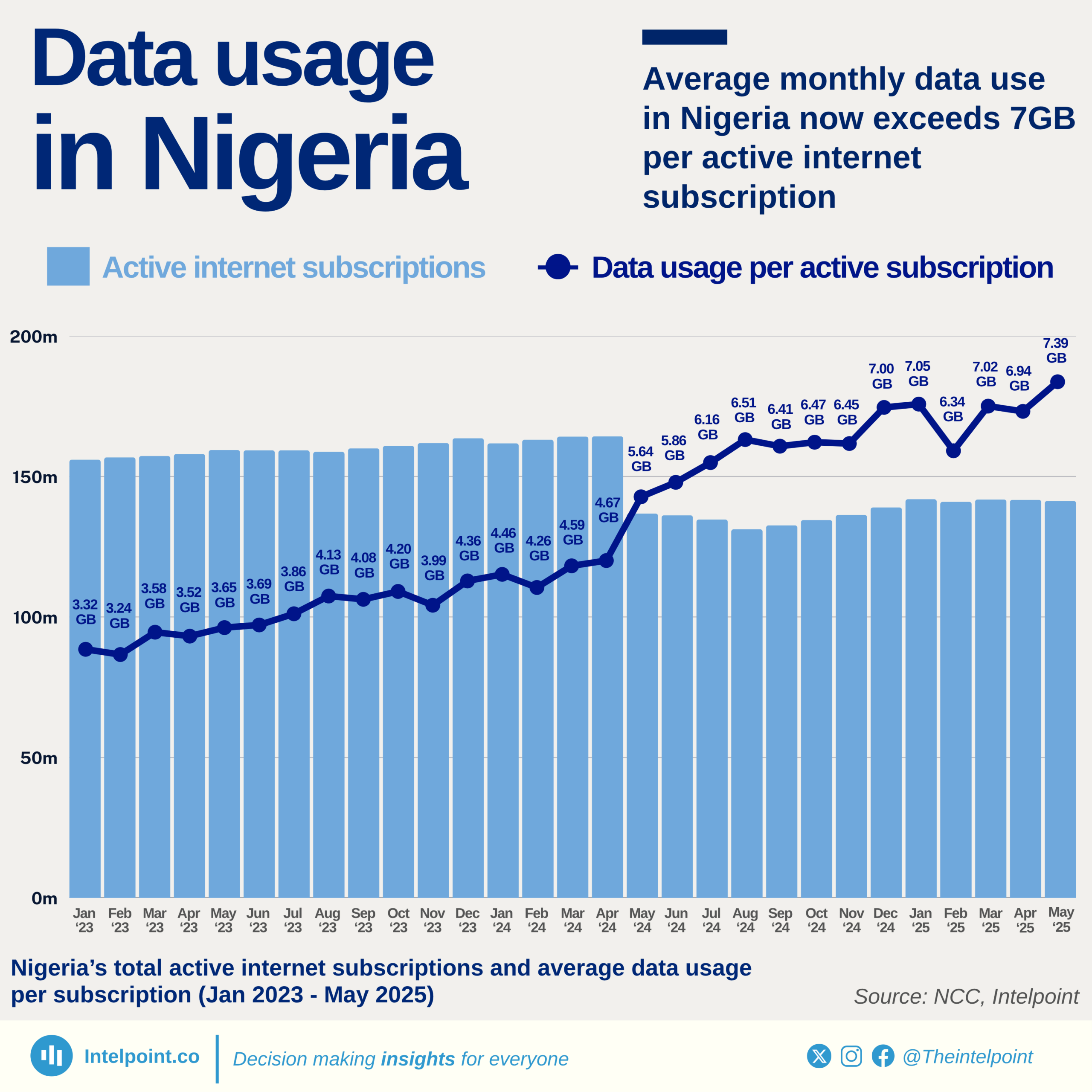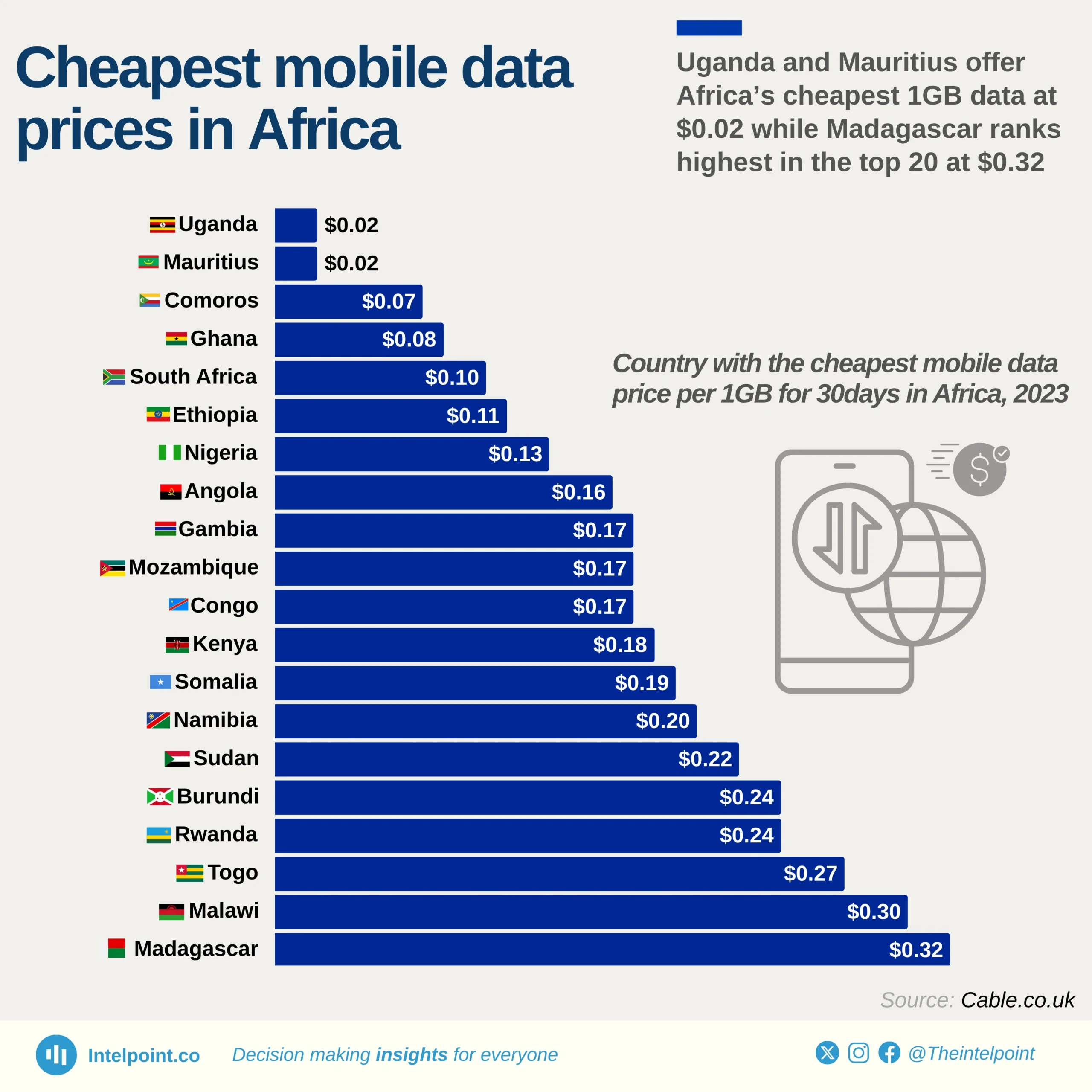In 2025, the internet continues to be a core part of daily life for billions. With 5.56 billion people online, representing nearly 68% of the global population, it's clear that the internet is no longer a luxury — it’s a lifestyle. The average user spends 6 hours and 38 minutes online daily, which is more than a quarter of their entire day.
The divide between urban and rural areas, between men and women, and between devices reveals that while the world is more connected than ever, not everyone is experiencing the internet equally.
